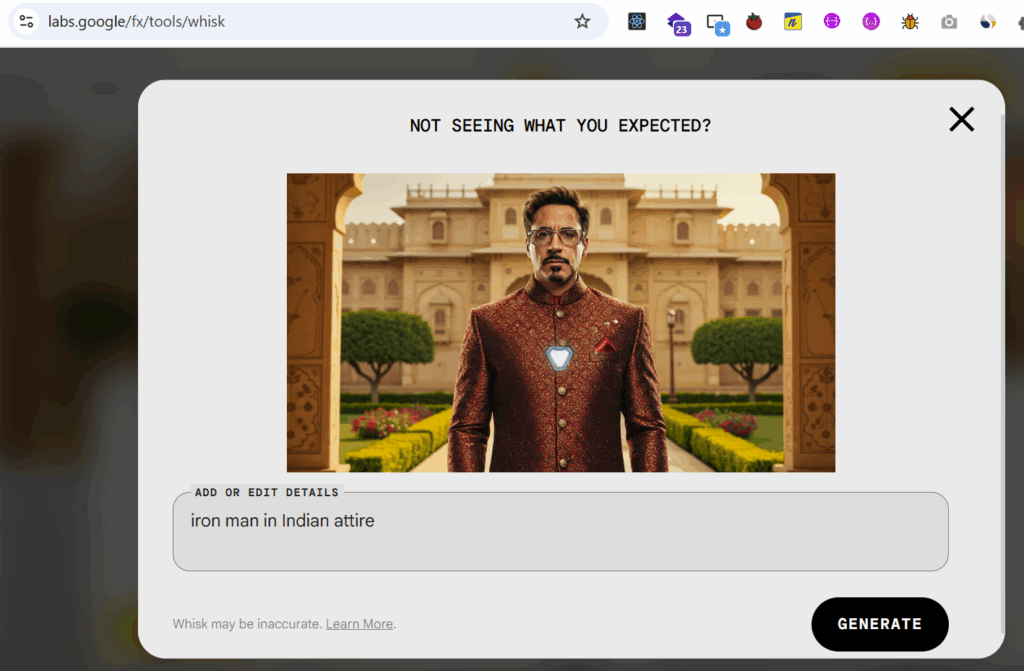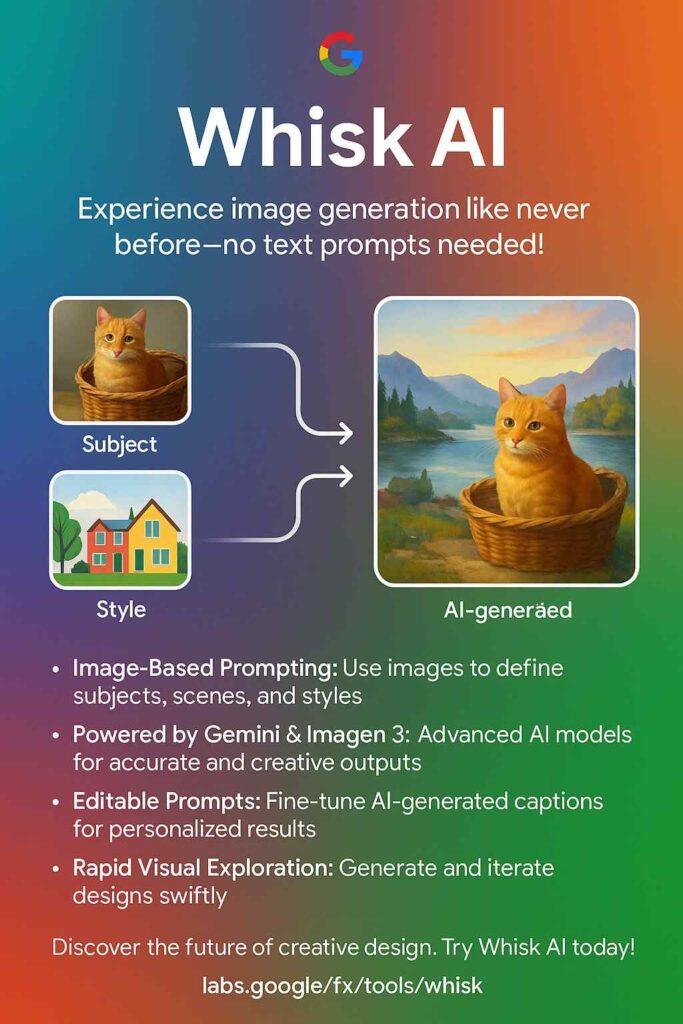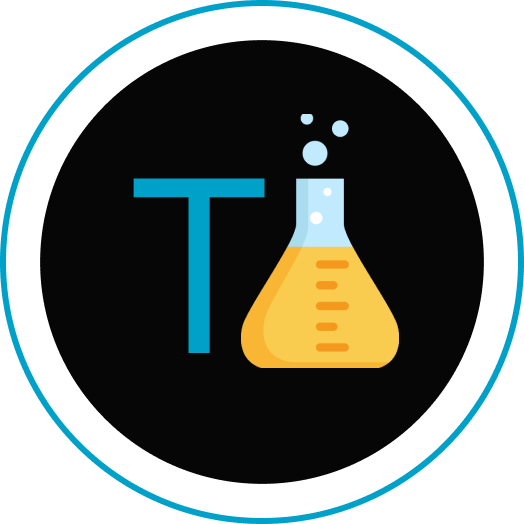Introduction
In the rapidly evolving landscape of artificial intelligence, Google has consistently been at the forefront, pushing the boundaries of what’s possible. Their latest innovation, Whisk AI, marks a significant shift in how we approach image generation. Moving beyond traditional text-based prompts, Whisk AI introduces a novel image-to-image generation paradigm, allowing users to create and remix visuals using images as inputs.
This article delves deep into Whisk AI’s capabilities, its underlying technology, and its potential impact on various industries.
What is Whisk AI?
Whisk AI is an experimental tool developed by Google Labs that enables users to generate images by providing other images as prompts, rather than relying solely on textual descriptions. This approach allows for a more intuitive and nuanced creative process, capturing the essence of input images to produce unique and imaginative outputs
Users can upload images representing the subject, scene, and style they desire. Whisk AI then analyzes these inputs to understand the desired elements and synthesizes them into a cohesive new image. This method offers a more hands-on and visual approach to image generation, making it accessible to users who may find text prompts limiting or less intuitive.
Sample Image Generation using Google Whisk AI:

The Technology Behind Whisk AI
1. Gemini Model for Image Captioning
At the core of Whisk AI’s functionality is Google’s Gemini model, which is responsible for interpreting and generating detailed captions of the input images. This step is crucial as it translates visual information into descriptive data that can be further processed.
2. Imagen 3 for Image Generation
Once the images are captioned, the descriptions are fed into Google’s latest image generation model, Imagen 3. This model synthesizes the information to create new images that encapsulate the essence of the inputs, rather than producing exact replicas. This approach ensures that the generated images are unique, imaginative, and aligned with the user’s creative intent.
Key Features of Whisk AI
- Image-to-Image Prompting: Users can provide images for the subject, scene, and style, allowing for a more intuitive and visual approach to image generation.The Verge
- Remixing Capabilities: Whisk AI enables users to combine different elements from various images, fostering creativity and experimentation.
- Editable Prompts: Users have the flexibility to view and edit the underlying prompts at any time, ensuring greater control over the output.blog.google
- Accessibility: Designed with a user-friendly interface, Whisk AI is accessible to both professionals and hobbyists, democratizing the image generation process.
Applications Across Industries
1. Design and Art
Artists and designers can leverage Whisk AI to explore new creative avenues, generate concept art, and experiment with different styles and compositions.
2. Marketing and Advertising
Marketers can use Whisk AI to create unique visuals for campaigns, social media content, and promotional materials, enhancing brand storytelling.
3. Education
Educators can utilize Whisk AI to develop engaging visual aids, illustrations, and interactive content, enriching the learning experience.
4. Entertainment
In the entertainment industry, Whisk AI can assist in conceptualizing characters, scenes, and settings, streamlining the pre-production process.

Advantages Over Traditional Text-Based Models
- Enhanced Creativity: By allowing image inputs, Whisk AI opens up new creative possibilities that may be challenging to articulate through text alone.
- Intuitive Interface: The visual approach caters to users who think and create visually, making the tool more accessible and user-friendly.
- Efficient Workflow: Combining images can expedite the creative process, reducing the time spent on crafting detailed text prompts.
Limitations and Considerations
While Whisk AI offers numerous advantages, it’s essential to acknowledge its limitations:
- Variability in Outputs: The generated images may differ from user expectations, as the model captures the essence rather than replicating exact features.
- Dependence on Input Quality: The quality and relevance of the input images significantly influence the output, necessitating careful selection.
- Experimental Nature: As an experimental tool, Whisk AI may undergo changes and updates, and users should be prepared for potential shifts in functionality.
Getting Started with Whisk AI
To explore Whisk AI, users can visit the Google Labs Whisk page. The platform offers a straightforward interface where users can upload images for the subject, scene, and style. After processing, Whisk AI generates a new image that blends these elements, which users can further refine or download.
Future Prospects
Whisk AI represents a significant step toward more interactive and user-centric AI tools. As the technology matures, we can anticipate enhancements in output quality, integration with other creative tools, and broader accessibility. The shift towards image-based prompting may also inspire the development of similar tools across different domains, further blurring the lines between human creativity and machine assistance.
Conclusion
Google’s Whisk AI is a testament to the evolving nature of artificial intelligence and its potential to revolutionize creative processes. By embracing a visual approach to image generation, Whisk AI empowers users to explore new creative horizons, making the process more intuitive and accessible. As we continue to witness advancements in AI, tools like Whisk AI will play a pivotal role in shaping the future of digital creativity.
Also Read : a0.dev: Revolutionizing Mobile App Development with AI

